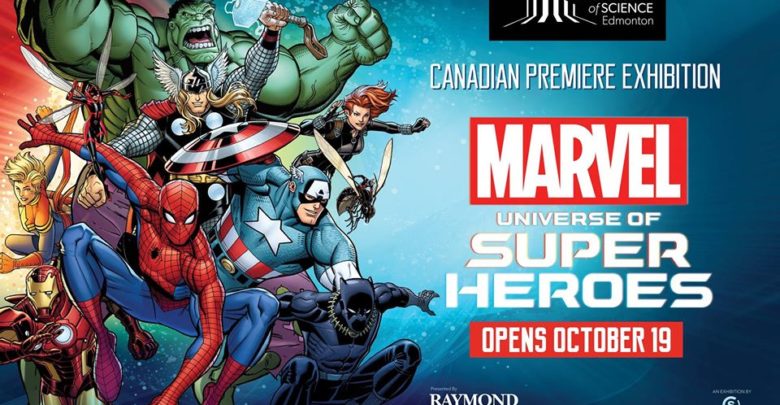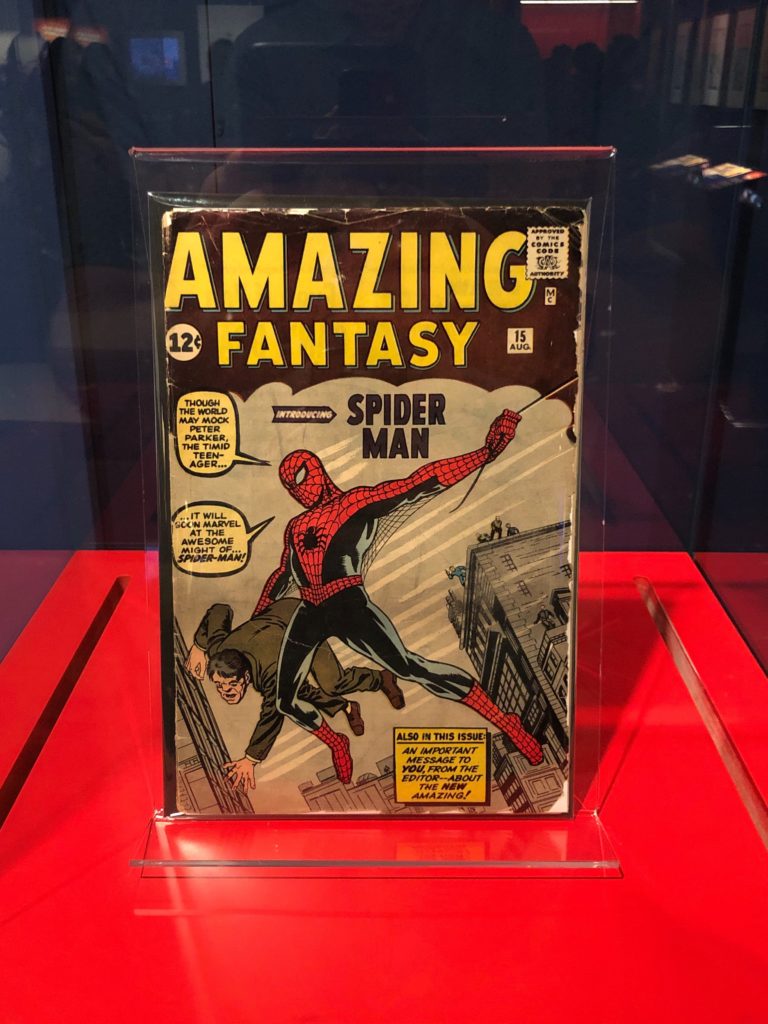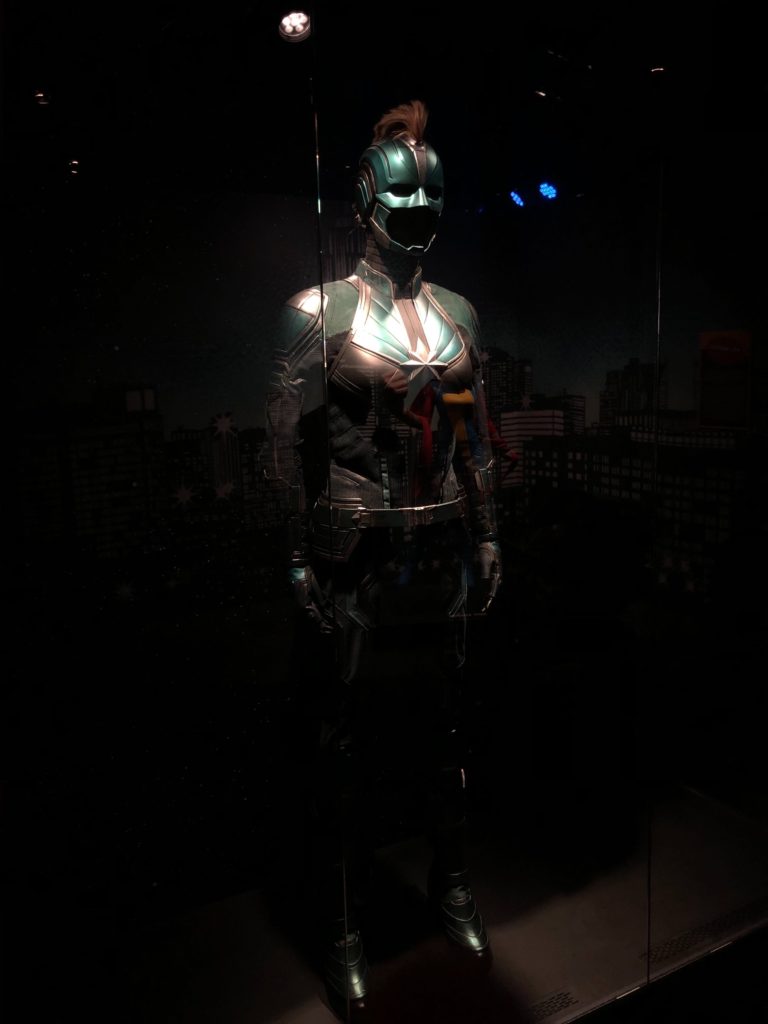Exploring Edmonton: Marvel Universe of Super Heroes Exhibit
The exhibit was well worth the expensive entry price to see the history of comic super heroes and the Marvel franchise
 Supplied
SuppliedWhat: Feature Exhibit at Telus World of Science Edmonton (until February 17, 2020)
Where: 11211 142 St NW Edmonton
Price: $28.95 per person (Student) / $35.95 (Regular) both include general admission
Marvel has undoubtedly shaped and continues to influence pop culture. Yet, its history from its humble beginnings to its behemoth status today is not known by all.
The current feature exhibit at the Telus World of Science in Edmonton hopes to shed light on that through the Marvel: Universe of Super Heroes Exhibit.
While the entry price may seem steep, the ticket is worth every penny. Once inside you will see 300 artifacts — ranging from notable movie props, recognizable costumes worn in the Marvel Cinematic Universe, iconic draft concept drawings, and historical comics — alongside immersive set pieces and interactive elements. Additionally, every ticket includes general admission to the Telus World of Science.

The exhibit is laid out well, as it chronicles Marvel’s history and how comic books morphed into the cultural icon they are today. The idea of a modern superhero only emerged in 1938, while the medium of comics as print consumption existed since the late nineteenth century. Each step of Marvel’s history is examined including from before its first successful superhero franchise, the Fantastic Four, to some of its newest comic runs like the Runaways.
The Marvel exhibit had something to enjoy for everyone — for the diehard comic nut to someone who just enjoys watching the occasional superhero flick from time to time.
A definite highlight was getting to see costumes worn in the numerous Marvel films and TV series alongside important props like Loki’s helmet and the Tesseract.

While the exhibit explained how Marvel tried to ensure representation in its comics, I felt the exhibit didn’t spend enough time exploring how women’s role in the medium developed through history. In the golden age of comic books (1938-56), women were nothing but side characters romantic partners while it wasn’t until the truly the bronze age of comics (1970-84) and modern age where the number of front-lining women protagonists increased. The exhibit should have explored beyond mentioning the stereotypes women characters played and how even some of the most feminist attempts by Marvel through characters like Ms. Marvel were problematic.
An interesting sidebar mentioned within Marvel Universe of Super Heroes was the development of Canadian superheroes. In the late 1940s, the federal government passed the War Exchange Conservation Act which restricted the import of what it deemed ‘non-essential’ commercial goods, including comic books. This spurred Canadian publishers to fill the gap with characters like Vernon Miller’s Iron Man — who bears no resemblance to the Marvel character developed later with the same name — and Canada’s first nationalist superhero loosely based off Inuit mythology, Nelvana of the Northern Lights. Those foundations led to Marvel’s later Canadian heroes and subsequent waves of Canadian-made heroes like Captain Canuck and Freelance.
Overall, the exhibit was interesting, engaging, and a pleasure to visit. If you’re looking to learn more about the history of comics and Marvel or something fun to do for an afternoon, this exhibit is definitely worth a visit.




